Homebound High School serves 21 students in grades 9-12.
The student:teacher ratio of 11:1 was lower than the Arizona state level of 17:1.
Minority enrollment was 81% of the student body (majority Hispanic), which was higher than the Arizona state average of 66% (majority Hispanic).
School Overview
School Type
Grades Offered
Grades 9-12
Total Students
21 students
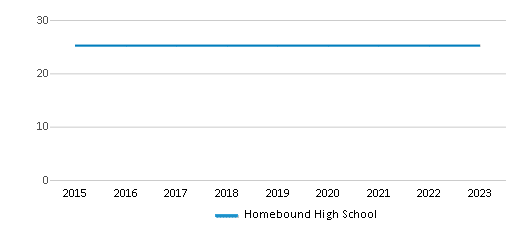
Total Classroom Teachers
2 teachers
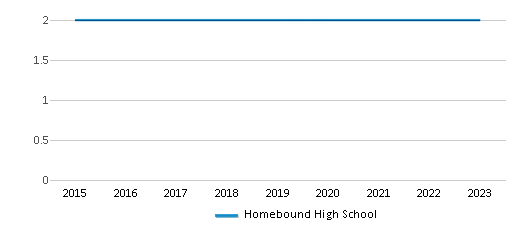
Students by Grade
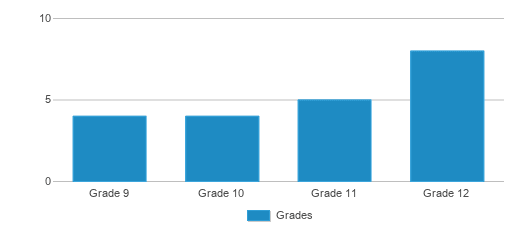
School Rankings
Student : Teacher Ratio
11:1
17:1
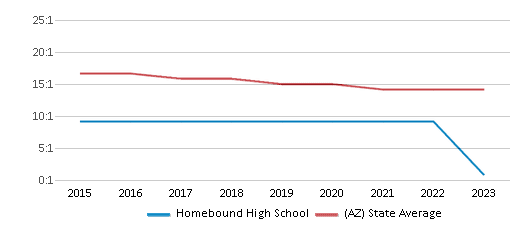
American Indian
n/a
5%
Asian
n/a
3%
Hispanic
76%
48%

Black
5%
6%
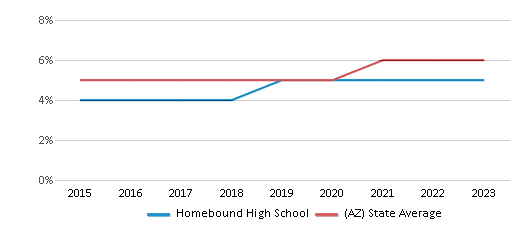
White
19%
34%
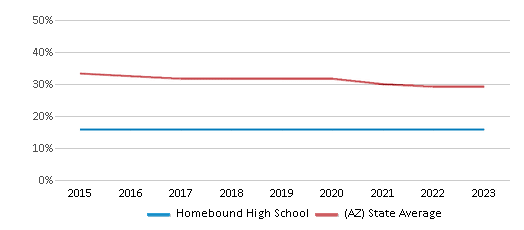
Hawaiian
n/a
n/a
Two or more races
n/a
4%
All Ethnic Groups
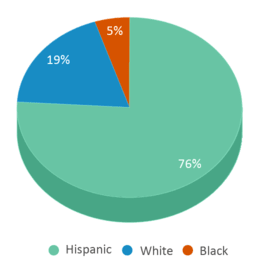
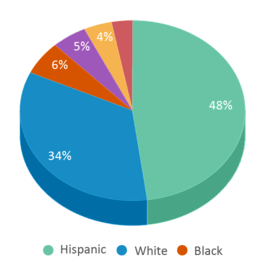

Eligible for Free Lunch
24%
40%
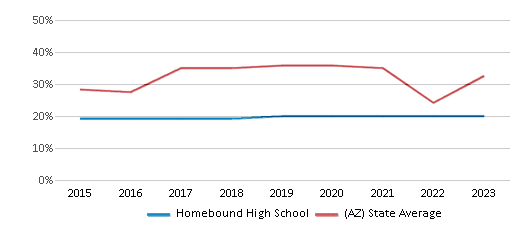
School Statewide Testing
School District Name
Source: National Center for Education Statistics (NCES), AZ Dept. of Education
Frequently Asked Questions
How many students attend Homebound High School?
21 students attend Homebound High School.
What is the racial composition of the student body?
76% of Homebound High School students are Hispanic, 19% of students are White, and 5% of students are Black.
What is the student:teacher ratio of Homebound High School?
Homebound High School has a student ration of 11:1, which is lower than the Arizona state average of 17:1.
What grades does Homebound High School offer ?
Homebound High School offers enrollment in grades 9-12
What school district is Homebound High School part of?
Homebound High School is part of Phoenix Union High School District (4286).
Recent Articles

Sexual Harassment at Age 6: The Tale of a First Grade Suspension
A six-year old in Aurora, Colorado, was suspended after singing an LMFAO song to a little girl in his class and reportedly “shaking his booty.” We look at the case and the sexual harassment problem in public schools today.

How Scaffolding Could Change the Way Your Child Learns
This article explores the concept of instructional scaffolding, a teaching method that enhances learning by breaking down complex tasks into manageable parts. It highlights how scaffolding supports students in developing critical thinking skills and becoming more independent learners. The article discusses the benefits of scaffolding, including improved engagement and reduced anxiety, and provides strategies for its implementation across various educational levels.

February 05, 2025
Understanding the U.S. Department of Education: Structure, Impact, and EvolutionWe explore how the Department of Education shapes American education, from its cabinet-level leadership to its impact on millions of students, written for general audiences seeking clarity on this vital institution.





